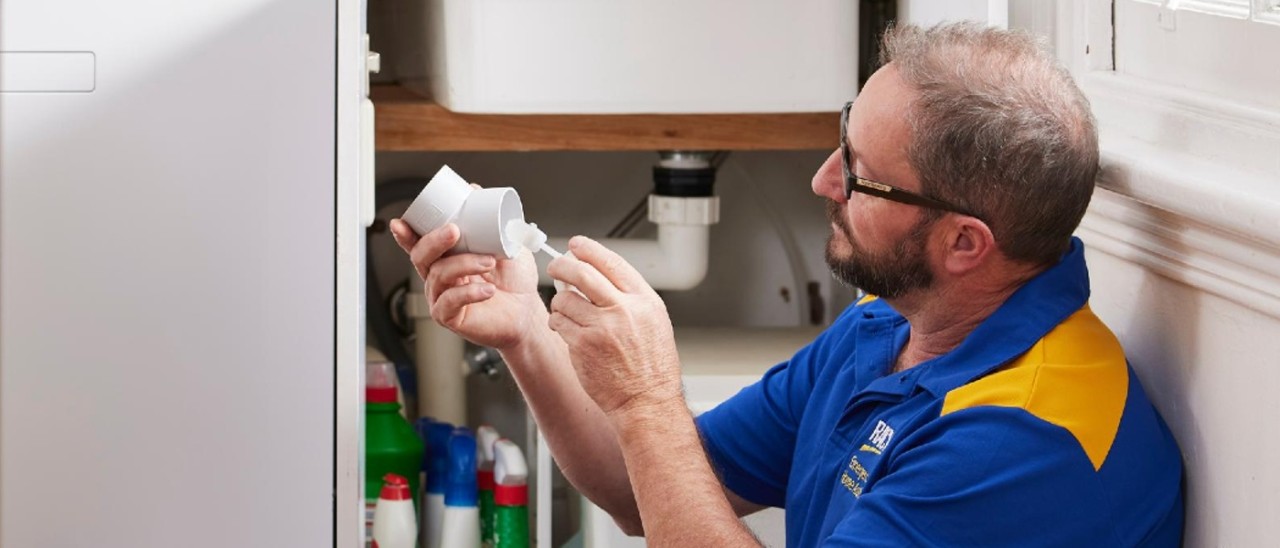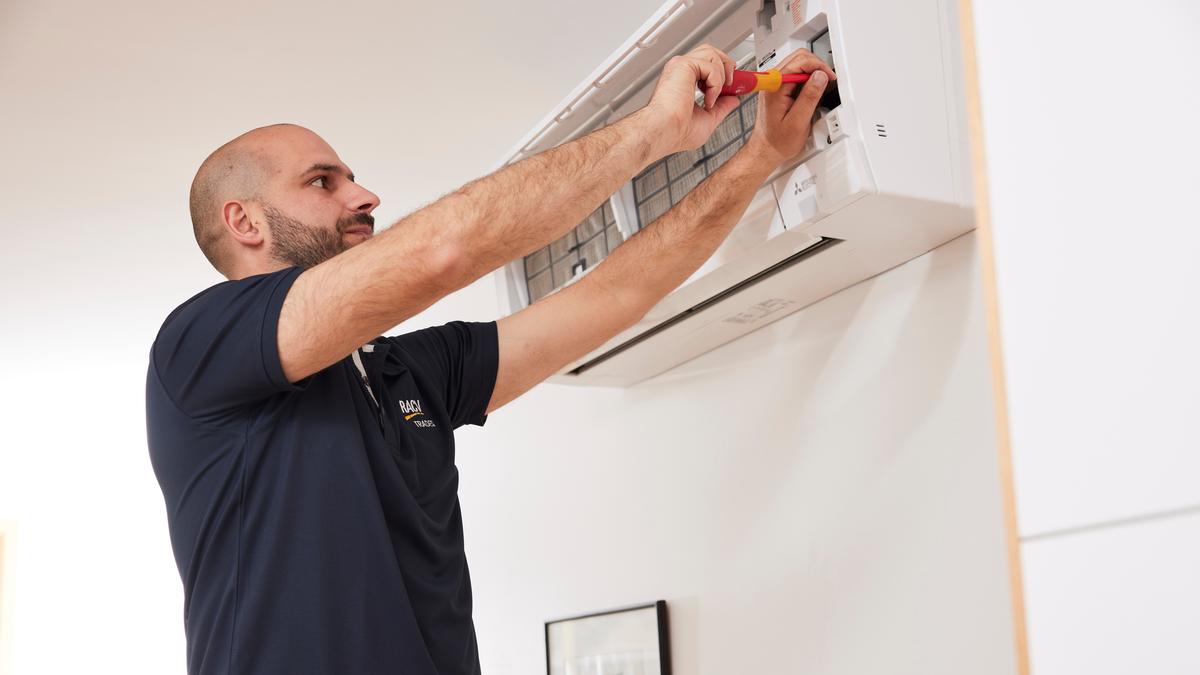From burst pipes to electrical faults, unexpected issues can lead to potential damage and pose safety risks at home. Find out the most common reasons for calling an emergency trade and how to get help when you need it most.
Commonly missed home maintenance issues

Educate yourself on these common but easy-to-miss home maintenance problems and what to do if they arise.
Owning property comes with plenty of maintenance responsibilities, some more apparent than others.
While it’s easy to forget about some common home maintenance tasks, ignoring these jobs can lead to larger problems developing as they tend to be left unchecked for longer.
Use this list to address some of the most common hidden maintenance problems in your home.
Easy-to-miss home maintenance issues
Roofing
For many homeowners, the first sign of a leaking roof is the tell-tale water mark in the ceiling. By this stage, however, water may have already caused significant damage to your roof.
From the ground, routinely inspect your roof for signs of damage. This can include cracked tiles and damage to flashing on any chimneys. It is especially important to assess your roof's condition after storms when rain, strong winds and debris are more likely to have caused damage.
If you employ a professional gutter cleaning service, the tradesperson may also be able to inform you of any roof damage. Never use a ladder to assess your roof yourself if you’re unsure of how to use it safely or uncomfortable doing so.
Flexi hoses
Flexi hoses are rubber and stainless steel pipes commonly found in the kitchen, bathroom and laundry. They are used to connect the water supply to taps and fixures, including dishwashers, water filters, cisterns, basins and washing mahcines.
While convenient, they’re also prone to wearing out and are the leading cause of internal water leaks in the home. Because they’re often hidden in cabinets or behind appliances like washing machines, these leaks can go unnoticed for some time, potentially leading to major water damage if the rubber splits or the pipe bursts.
Signs you may have a leaking hose include swollen skirting boards and/or cabinetry, and, if the problem is on the second floor, ceiling damage.
To help prevent burst flexi hose pipes, take stock of where they’re located in your home and check them on a regular basis for damage such as tears or fraying. Always use a licensed plumber to install and fix flexi hoses.
Grout and and silicon seals
Grout and silicon seals are commonly found in and around plumbing fixtures such as showers, baths and sinks. They play an important role in waterproofing, but because of their regular contact with water they can wear out over time.
Degraded grout and silicon seals are a leading cause of water damage in homes and it's recommended property owners inspect theirs regularly and reseal as necessary.
Mould
Not all mould is obvious, especially during the colder months. Reduced air flow in the home, combined with increased condensation, can cause mould to appear in less visible locations. This can include behind furniture, blinds and on curtains.
Mould grows in these locations when air gets trapped, cools, and condenses into water on the surface. Unlike mould in visible places, this mould often spreads further before you can treat it, sometimes causing irreparable damage.
No matter where it’s located, the basics of mould prevention remain the same. Increase air flow and reduce moisture. This can be achieved by leaving a small gap between furniture and walls, airing out your home when weather permits, and addressing any causes of damp.
Buying a dehumidifier or an air purifier can also help stop mould taking root. If you discover mould in your home, it can be treated with diluted vinegar (nine parts vinegar to one part water) or methylated spirits (four parts methylated spirits to one part water).
Termites
By the time you realise your home has a termite infestation the tiny pests may have caused severe structural damage. Common signs of a termite infestation include weak or damaged walls, sagging floors and unexplained power failures.
Pest prevention is better than cure, so address the home maintenance issues that create a welcoming environment for termites. This includes preventing damp, ensuring water is draining away from your home, fixing any leaks, and storing firewood, timber, wood mulch and piles of scrap paper goods (such as cardboard and newspapers) away from the main structure of your home.
Commissioning a building and pest report before buying a new property can also help ensure your new home doesn’t come with unwelcome guests.

Having your heater or air conditioning unit regularly serviced keeps it running well and uses less energy.
Door and window seals
If your house feels chillier than normal, it’s a good idea to check your door and window seals. Around 15 to 25 per cent of heat loss in the home during winter can be attributed to draughts, with worn or absent sealing a major contributor to the issue.
Well-fitted seals can save you money on your energy bills as well as insulate your house better. Other signs you may need to replace your seals include a sudden unexpected jump in your heating bills and feeling no difference when your heating is turned up.
Damaged seals can also decrease how well insulated your home is, leading to condensation forming on windows and walls.
Heaters and air conditioners
A lot of the hard work behind your heater or air-conditioning unit goes on unseen meaning it’s easy to not notice when the unit needs maintenance. Heating and cooling systems should be serviced annually before their peak usage period to ensure they are functioning at their most efficient and cost effective.
Beyond keeping you comfortable and your energy bills as low as possible, there are also health reasons to maintain your heaters and coolers. Unseen mould and bacteria can build up in split-system units, which you can unwittingly blow throughout your home.
If you have a gas heater it is particularly important to stay on top of services. A damaged or poorly working gas heater can potentially leak deadly, colourless and odorless carbon monoxide gas into your home.


